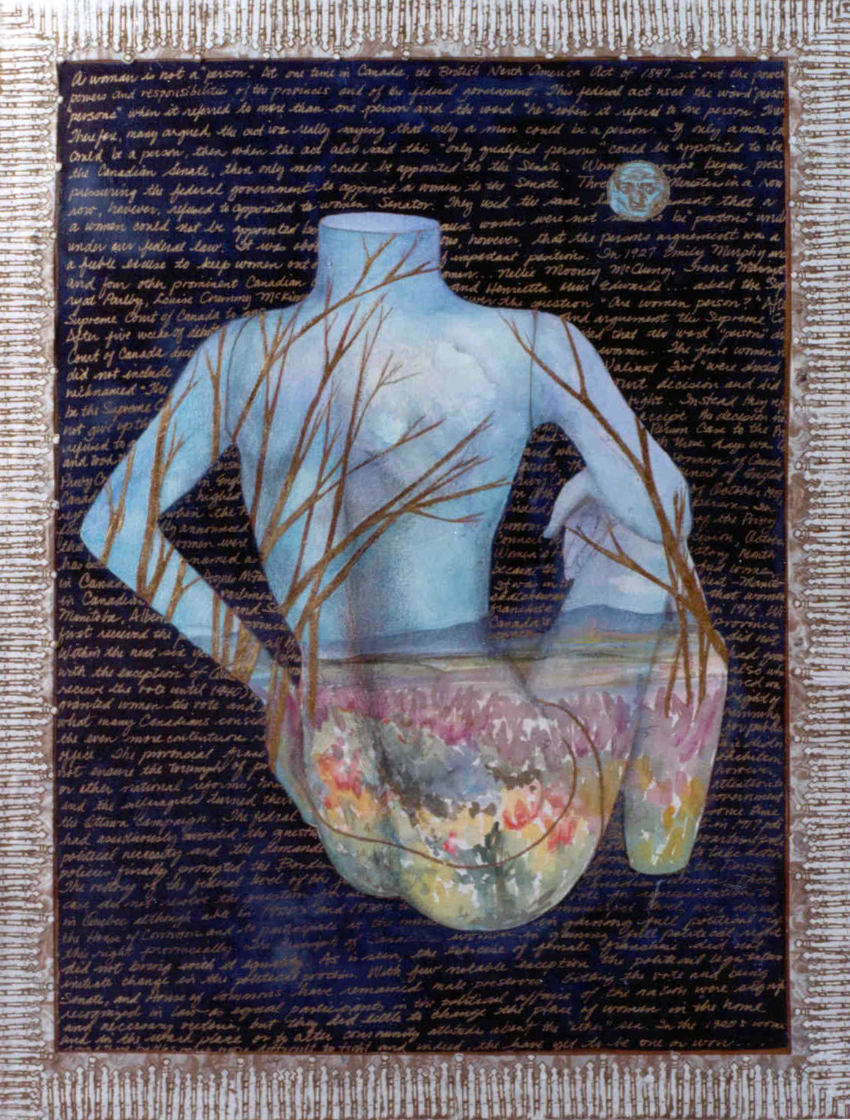THE VALIANT FIVE: ONCE IN A BLUE MOON
One of the most famous cases in Canadian legal history was the Person’s Case. It was brought by five Alberta women- Emily Murphy, Nellie McClung, Irene Parlby, Henrietta Muir Edwards and Louis McKinney.
They asked the Supreme Court of Canada to declare that women were persons under the meaning of the British North American Act and therefore eligible to be appointed to the Senate. Unfortunately, the judges did not believe that women were personals under the Act.
As Mary Ellen Smith said, “The iron dropped into the souls of women in Canada when we heard that it took a man to decree that his mother wan not a person.”
After consultations, and with the full backing of the government of Alberta, the five appealed to the British Privy Council, then Canada’s highest court of appeal. On October 18th, 1929, the Privy Council declared that women are indeed persons. Today, we celebrate “Person’s Day”, and since 1979, several women each year are awarded with Person’s Day medals.
In this painting, the border is a white picket fence. This fence has two purposes, it keeps people in and it keeps people out. these women were called upon to seek a role that was outside the box. They no longer wanted to have the invisible and transparent bedroom politics that was encouraged at the time, but instead, overt power and the opportunity to afford real and meaningful change. It is interesting that in some of the provinces, although women could vote in federal elections, they did not gain the right to vote provincially until 1945.
Much has changed in a very short time and we are very thankful to these women for the groundbreaking work that they have done for all of us. We still do not have an elected Prime Minister, but at least we have the right to be there. A right which we have not always had in this country.
There were some who thought that the laws would change once in a blue moon. Thank goodness for blue moons.

